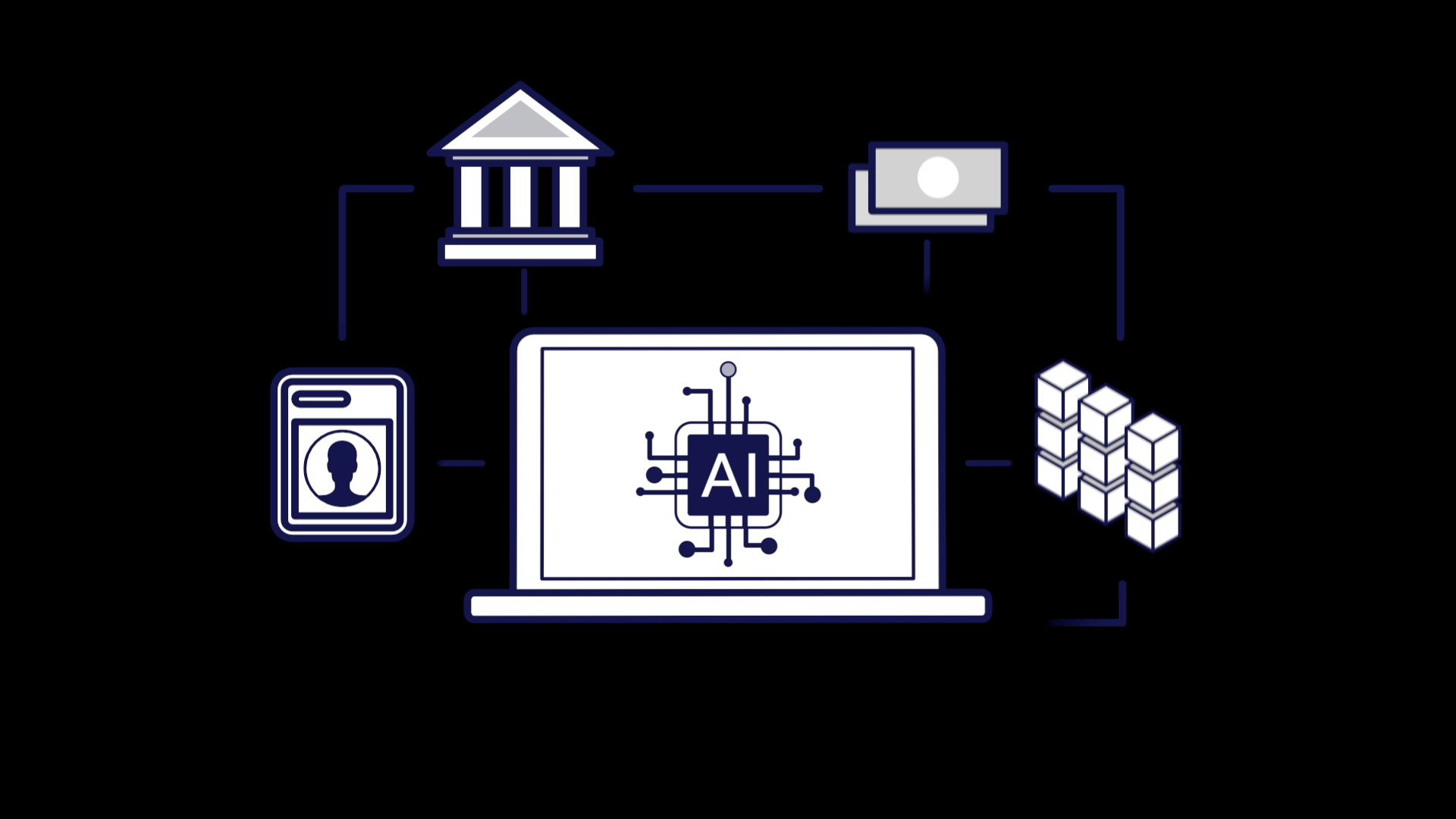Frod
Frod : State-of-the-art native close system design for invesment.

Whai is Frod ?
Frod is the name of the AI we created. The word Frod comes from Old English meaning wise or experience.
Frod is an investment module built from Reinforcement Learning It is structured on the Mudley Group's Close System concept to develop a safe investment model that is suitable for the current investment market environment.
Based on the best behavioral patterns through trial and error testing in various uncertain conditions. With a network model like a nervous system To develop the best learning from experience. Focusing on the learning process and stable results.
Frod has been used as a base for sending profits to the Mudley world.
Frod Architecture
Frod was developed by a team with more than 20 years of experience investing in the capital markets. We do not used models for forecasting future price of crypto from various historical patterns but we search for the best and most stable way to response to the events that really happened at that moment.
But the search for the best and most stable way In response to the events that really happened at that moment. With the computational structure of Neural Network Reinforcement Learning that we have written in each section from researching scholarly acrticles. To be suitable for calculations in the specific investment market.
For example
Calculating the Loss Function we choose to use Huber loss to reduce the sensitivity of the data response.Because in Neural Network, the result we get we get a number like 0.1, 0.5, 0.8 and from this section we use 0.5, 0.8 because 0.5, 0.8 are close to 1 which is the value that we most wanted.
But it's not that easy. Sometimes when calculating the result of 0.1, the Neural Network sees this as something we need more than 0.8, so we have to solve this with different Loss Function equations.

Ref.
[Fig 1]Evergreen Innovations LLC & LTD, https://www.evergreeninnovations.co/blog-machine-learning-loss-functions/
update 15/3/2022